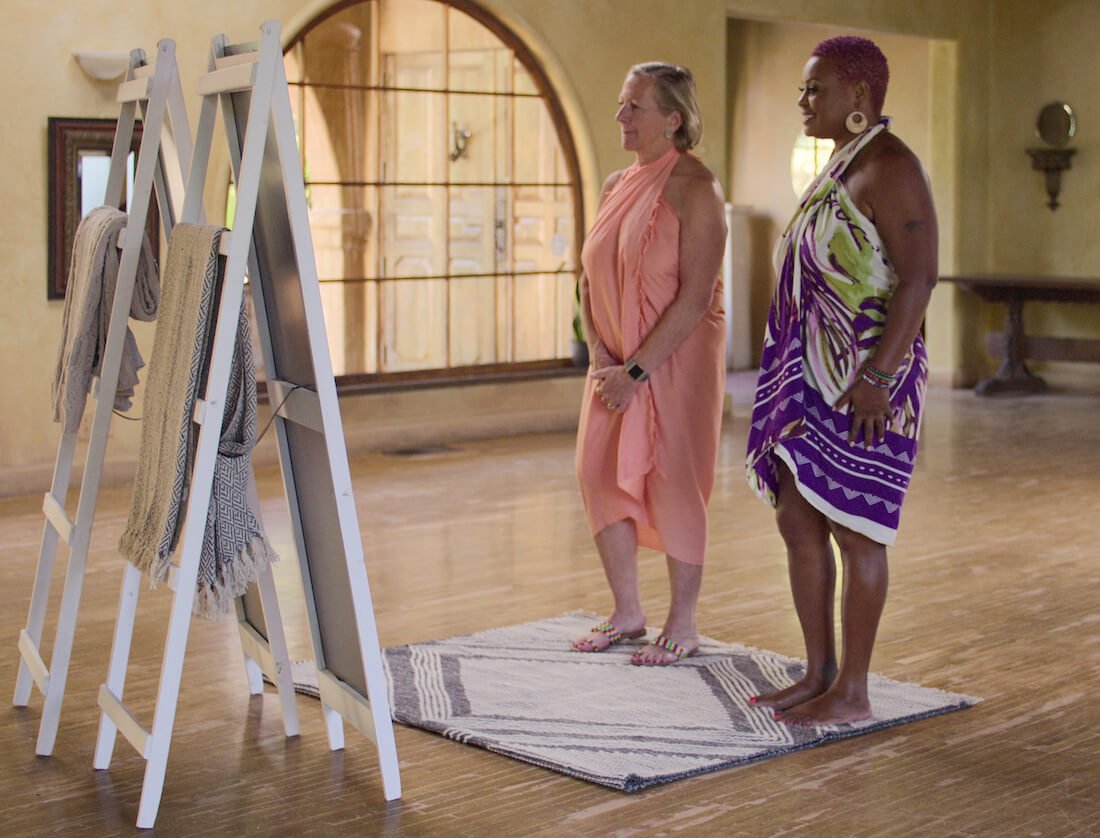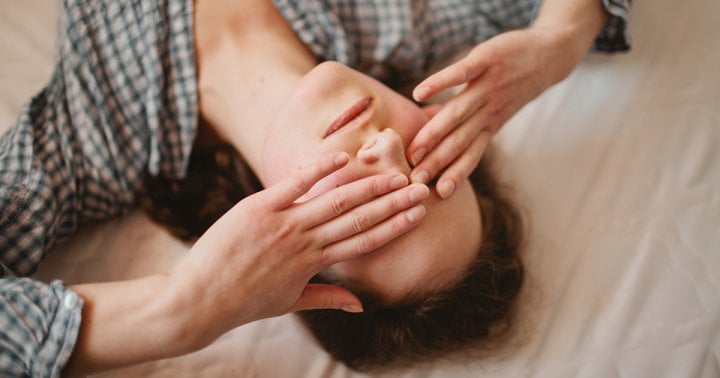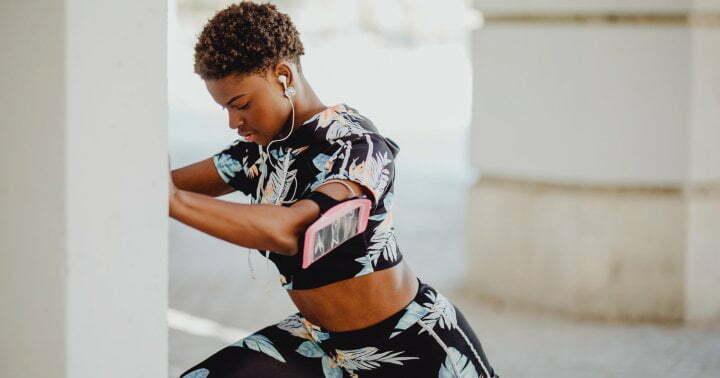Can a Mirror Improve Your Relationship to Your Body? | Goop
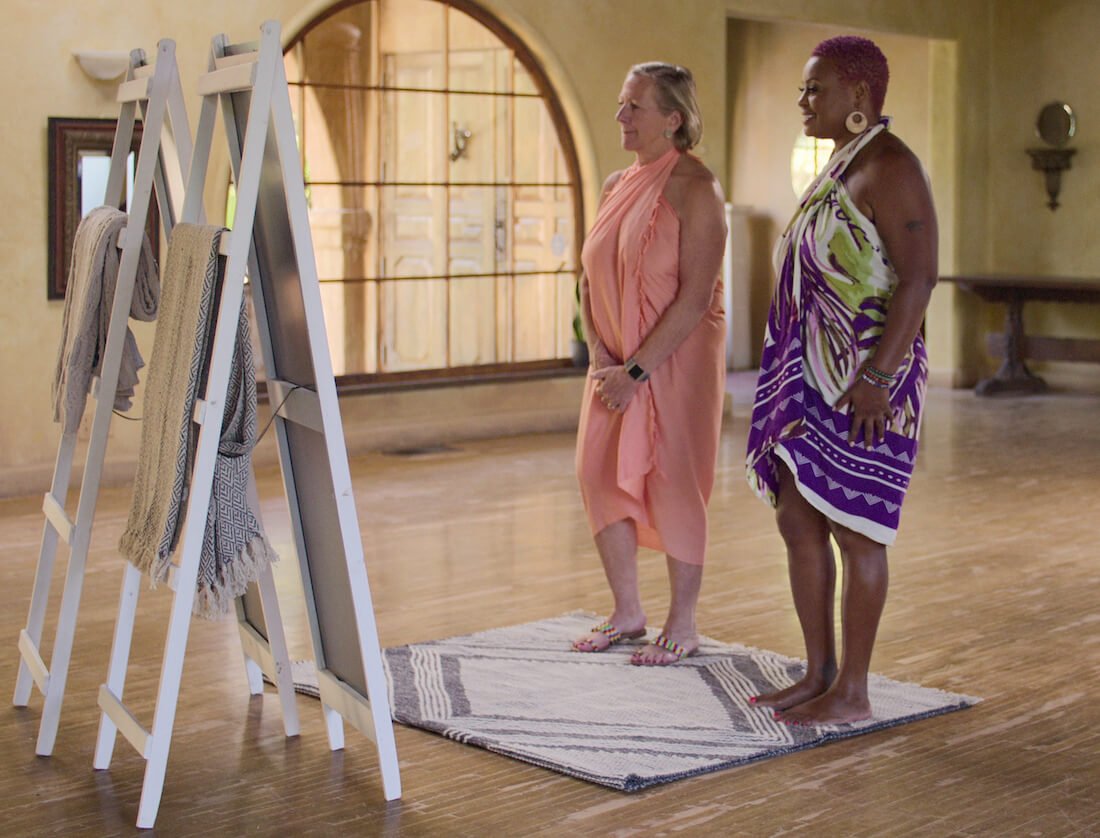
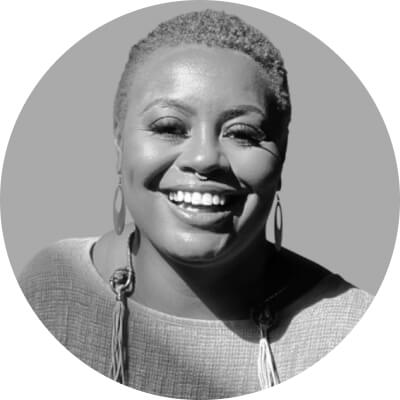
The first time intimacy coach Amina Peterson took a good look at her own vulva, it was inspired by Betty Dodson’s practice of studying her own genitals in the mirror. The experience reminded Peterson of the very beginning of The Vagina Monologues. In the play, a character mentions that women might go years without looking at their own vagina. It’s hidden away “down there,” difficult to see and sometimes difficult to face. What resonated with Peterson was this resistance: We could look, but we don’t.
When she thought of it on a larger scale, she realized not only do we not look at ourselves down there, but we often don’t look at ourselves at all. That’s when she started doing mirror work, a practice of spending time with her body in the mirror to better appreciate and honor herself.
Today, Peterson guides clients through mirror work as a practice of self-intimacy and partner intimacy. (You can see the practice in action on our new Netflix series Sex, Love & goop.)
The Value of Mirror Work
By Amina Peterson, as told to goop
In our culture, looking at yourself in the mirror with praise and appreciation is considered conceited. There’s almost a connotation of its being vile or shameful. Often the only version of looking at ourselves that’s considered acceptable is not looking but putting on makeup or doing your hair so that your appearance is all right for other people. If you take it to another level, where you’re honoring yourself—seeing your body as a real body, as yours, as valuable, as worthy—it’s frowned upon.
When I was first confronted with mirror work—the practice of looking in the mirror and really seeing yourself—it was challenging. It went against everything I’d been told all my life about how I should see myself and how I should see others. Mirror work moves us out of this space where our beauty is for other people to consume and not for us to realize. That’s especially true for women and femmes.
When I talk to people about struggles that they have in intimacy, a lot of it is about being seen. Intimacy is so much about being witnessed. And a lot of us struggle with being witnessed by others because we don’t even allow ourselves to witness ourselves. If I am unable to look at myself, how am I going to allow my partner to look at me? How am I going to get to a space where I experience true intimacy with a partner if I’m terrified of self-intimacy? If I’m scared that somebody else will see something that I don’t allow myself to see?
That challenge can move us out of intimate spaces and prevent us from developing true intimate ties. Everything stays surface-level. We do it with the lights off. We hope no one notices that we have all these emotions. We want to be loved just enough, so if we could get by with the love we get, that’ll be enough.
But when you start doing mirror work, you get to expand your capacity for love and intimacy. It becomes a lot more than we otherwise allow ourselves to have.
How to Do Mirror Work at Home
There’s one thing you must have to do mirror work: a full-length mirror in which you can see your whole self. The rest is optional but will help you get the most out of your practice.
1. Set the space.
Even if you have only a little bit of time, treat this as something important and valuable by clearing the space physically and energetically. You deserve to take care of yourself and honor yourself within a temple-like setting.
-
Make sure that your space is clean. Get your clothes up and put them away, or whatever you need to do.
-
Cleanse the place. I like to use smoke to help clear the air. Use whatever calls to you. Some people like incense or resin. Others choose yerba santa, sage, or palo santo. I like to burn cinnamon or a sweet incense like ylang-ylang to call in some feminine energy, especially if I use something with very masculine energy, like tobacco or blue sage, at the beginning of the practice.
2. Prepare your body.
Ideally, you’re able to take a bath or a shower before doing mirror work. Now’s the time for those super delicious soaps or scrubs that you were gifted and were saving for something special. Light a candle. Take your time. Spend some time afterwards oiling and moisturizing your skin, luxuriating over yourself, and allowing yourself to feel into the moment. Then put your robe on—I like people to wear a robe or a sarong so they aren’t struggling with their clothes in the next step but have something to cover themselves with until they’re ready—and go stand in front of the mirror with intention.
3. Step in front of the mirror.
Disrobe in front of the mirror. And then simply look at and notice yourself.
Acknowledge yourself without judgment. Acknowledge yourself from head to toe. The grey curls, the wrinkles, the furrows, the rosacea, the rosiness in your cheeks, the fullness of your lips, the color in your skin. Maybe I’m noticing that one of my areolas is larger than the other. I do that without judgment. I’m just seeing it. You move through your whole body like that. Not judging, just seeing. Normally, when we look in the mirror, we tend to immediately perceive certain features as bad—especially if it’s something that’s changed, and even more so if it’s something that’s changed as we’ve gotten older. We notice what’s saggy or dimply, or if something isn’t as full as it used to be, or if there’s a new wrinkle, and we judge ourselves for that.
Offer yourself some praise and affirmations. It is powerful to remove the idea that something is wrong with any of what you’re seeing. The first affirmation I use is: “I see you.” Like, “I am witnessing you. I see myself.” Moving on from there, it’s about going with what you feel. When we’re not judging, we can move out of the thinking brain and settle into the feeling mind of the body.
Now I can witness myself and say something kind, praising what I see in my skin and hair and teeth, like:
-
“I’m grateful for these breasts.”
-
“I’m so grateful for this body that has moved me through childbirth.”
-
“I love my body. My body is strong.”
-
“This smile is bright and welcoming.”
-
“I am not symmetrical, and it is perfect.”
-
“I’m here. I’m worthy. This is my experience right now, and it’s great.”
4. Extend the practice.
This work helps create a more loving, intimate relationship with yourself. Sometimes I may send a client into this work repeatedly, where they do a ritual around this work every week: picking up their area, taking a beautiful bath or a luxurious shower, setting up their candles, and cleansing their space to be very intentional about mirror work as a project. The body craves ritual. And when we start working on ourselves, finding spaces where we can ritualize our own self-care, our own intimacy work helps the body remember that this is important to us.
This is an act of self-worship. If you look at my titles anywhere, it’s always Goddess Amina. And I refer to my clients as gods and goddesses and divine beings. It’s important for us to be worshipped—by ourselves and by our partners. We just have to learn how. And this practice helps us learn how our god self wants to be affirmed and appreciated and accepted and loved.
-
EDITORS’ PICKS FOR A BATH-TIME MIRROR WORK RITUAL
-
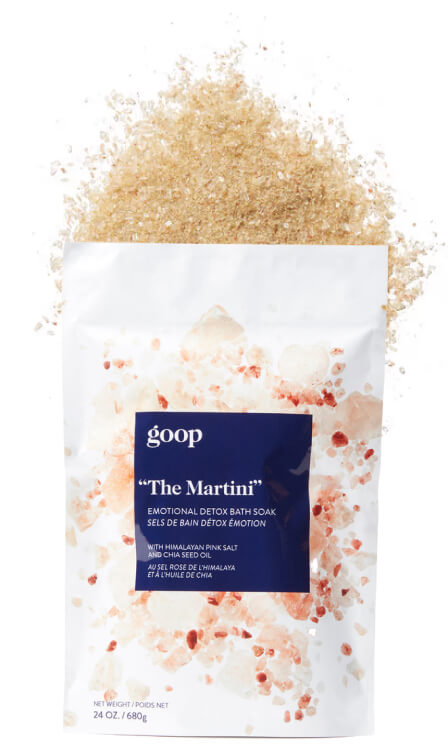 goop Beauty
goop Beauty
“The Martini” Emotional
Detox Bath Soak
goop, $35SHOP NOW
-
 Skin
Skin
Double Layer Wrap Robe
goop, $168SHOP NOW
-
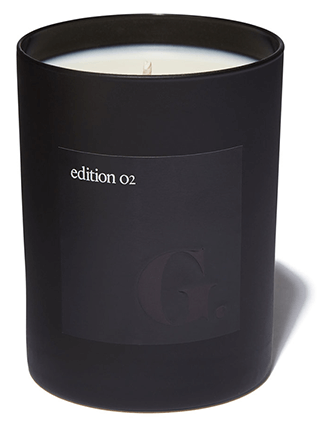 goop Beauty
goop Beauty
Scented Candle:
Edition 02 – Shiso
goop, $72SHOP NOW
-
 Nyssa
Nyssa
VieVision Between
Legs Mirror
goop, $64SHOP NOW
-
 Thought Sanctuary
Thought Sanctuary
Self-Love
Essential Oil
goop, $35SHOP NOW
-
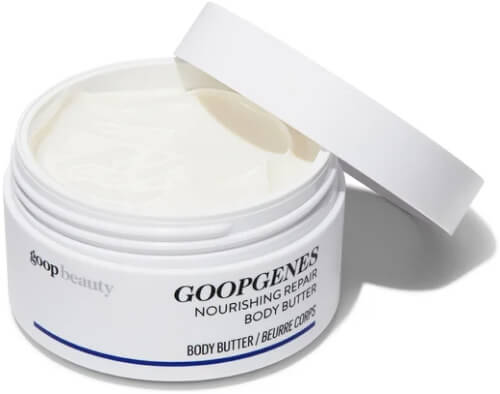 goop Beauty
goop Beauty
GOOPGENES Nourishing
Repair Body Butter
goop, $55/$50 with subscriptionSHOP NOW
Amina Peterson is a healer, a sex doula, and the founder of the Atlanta Institute of Tantra and her private healing practice, Fearless Giving. Her work focuses on intimacy coaching, Tantric sex education, sacred sex, somatic bodywork, and sexual revolution and activism.
This article was originally published by goop.com. Read the original article here.

